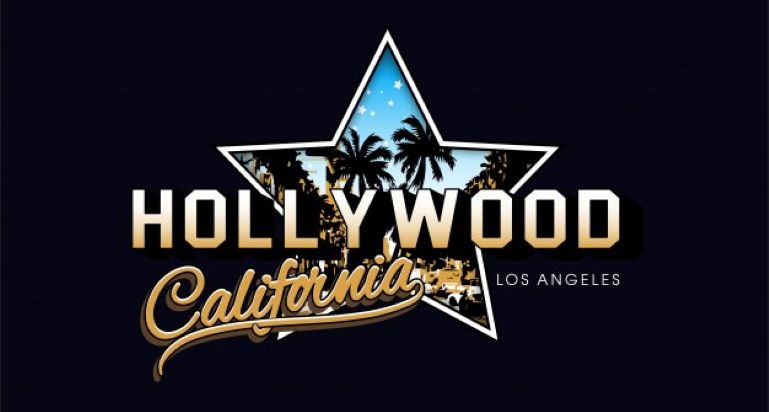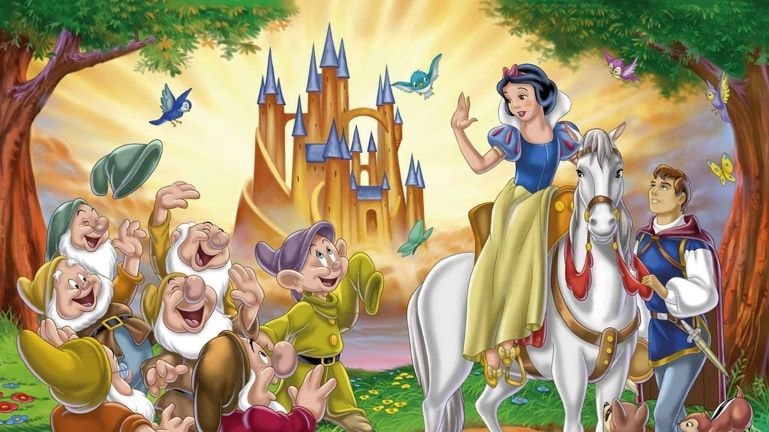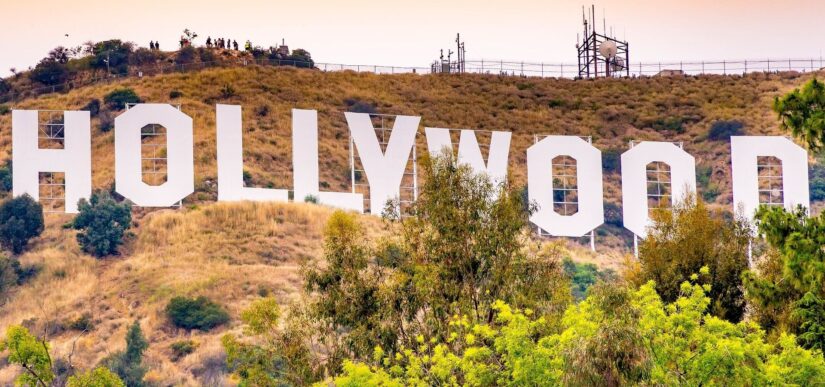The Beginning of Movie Industry
The Great Crisis of ’29 had brought the American economy to its knees, but now the country is ready to restart on the thrust of the New Deal. Huge capital returns to be invested in the movie industry concentrated in Hollywood. Due to the stylistic perfection achieved, the cinema produced here in recent years will be defined as classic, becoming the model with which, in one way or another, the directors of future generations will have to deal with.
In recent years, the American industry has been dominated by the five mayors: Paramount, MGM, 20th Century-Fox, Warner Bros, RKO, which have vertically concentrated structures and manage large theaters, and the three minors: Universal, Columbia, United Artists, who manage very few rooms or do not own any at all.
It is precisely the mayors who, having the need to constantly supply their cinemas with movies, impose rhythms and methods of industrial production. The work is strictly divided between increasingly specialized professionals, each of whom intervenes in a specific phase of film processing. The various houses are acquiring more and more equipped studios, soundstages, large ateliers, scenographic workshops. Thus the studio system is established, that system of film production and distribution that will characterize the American industry for a long time and in particular between the ’30s and’ 40s. More than the contribution of individual authors, the development and affirmation of classic cinema are due to these new production methods.

The need of the mayors to plan and serialize the production and organize it in a schedule that would facilitate its distribution and use in theaters, accelerates and favors the development of the genre system. The origin of film genres must be sought at the origin of cinema itself. Throughout the silent period there were houses specialized in the production of a particular type of movie. Now, however, the genre system finds its perfect integration in all levels of the movie industry: from production to exercise. Its importance is such that it becomes essential in the linguistic development of the new cinema. The most important genres of this period are noir, western, comedy, horror, war films, gangsters movies and above all the musical which with the introduction of sound becomes a genre of primary importance.
Even the promotion and exploitation of cinematographic stardom, star system, are certainly not an invention of the Thirties, but it is in these years that they become fundamental mechanisms of the film production and distribution system. Each major production house has its own stables of stars which it binds to itself with exclusive and long-term contracts. The production not only builds the image of the star on the screen but, in synergetic collaboration with other media, also manages the public image. Although acclaimed by the public, the great stars were a real property of the studios, an often alienating condition masterfully recounted by Billy Wilder in Sunset Boulevard (1950).
Important steps forward are also made in the technological field. The introduction of agile equipment such as dollies and cranes, as well as mixers and directional microphones, meant that sound films soon regained the dynamism of the films of the last silent season. In recent years, Technicolor was also introduced, which made it possible to shoot color films. Today we tend to consider color as an element of strong realism, but in the Thirties the use of color was instead linked to the cinema of the fantastic and wonderful genre.
The First Full-color Movie

The Technological Progress
The first full-color feature movie was, in fact, an animated film: Snow White and the Seven Dwarfs (1937), produced by Walt Disney, and which was also the first animated feature movie made in the United States. Other animated movies followed such as Gulliver’s Travels (1939) | ► | by Fleischer Studios or the fairy tale musical The Wizard of Oz (1939) by Victor Fleming. In this film, the director chooses to shoot the scenes set in the real world in black and white, while he uses color for those set in the wonderful world of Oz.
The use of special effects is widespread, not used so much to obtain spectacular effects, as could happen in a movie like The Wizard of Oz, but above all to create, in a more practical and economical way, scenes that, if shot conventionally, would have required a great waste of energy, is the case of the rear-projection technique frequently used for scenes set in a car: the protagonists remain seated in a car stopped on the set while on a screen behind them scroll images of moving landscapes filmed previously. The same happened in many scenes of Ombre Rosse (1939) in the daring sequence of the assault on the stagecoach, for example.
The Hays Code
In 1935, the internal code of preventive movie censorship, known as the Hays code, was restructured from the name of the politician who conceived it. The Hays code was already in force in the 1920s, the advent of sound prompted its authors to restructure it and impose its respect with greater firmness. The Hays code consisted of a series of prohibitions that producers would have to comply with in order to protect themselves from any censorship that could have caused heavy financial losses.
The code provided, for example, that the spouses of a couple, even regularly married, should sleep in separate rooms, that a kiss should not last more than ten seconds, prohibited the representation of sexual perversion, mainly understood as homosexuality, and prohibited any allusion or reference. There was a ban on offending other races, ethnic groups and religious faiths. These and other prohibitions imposed by the Hays code.


